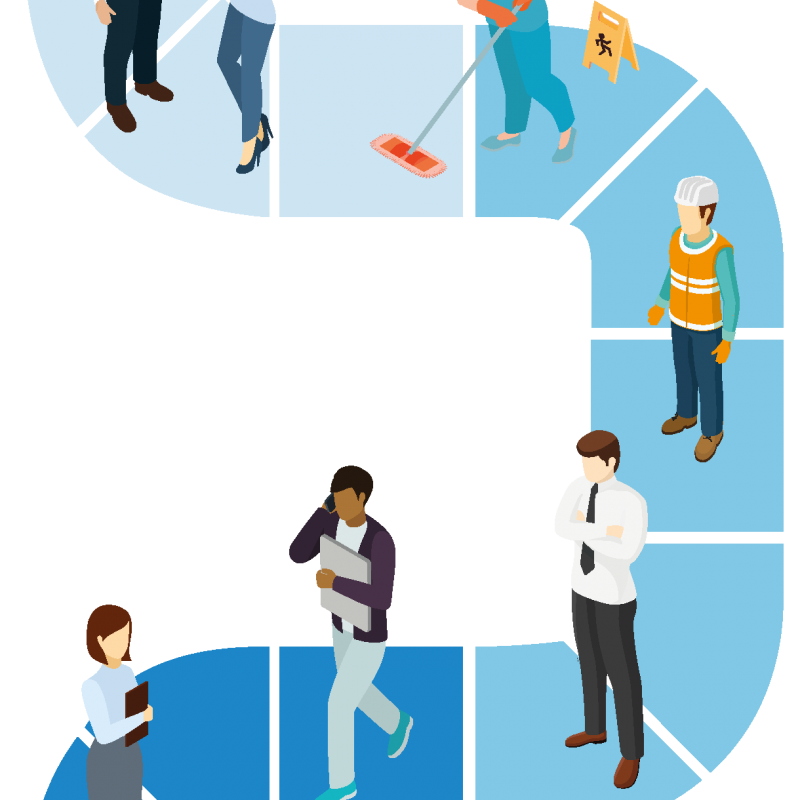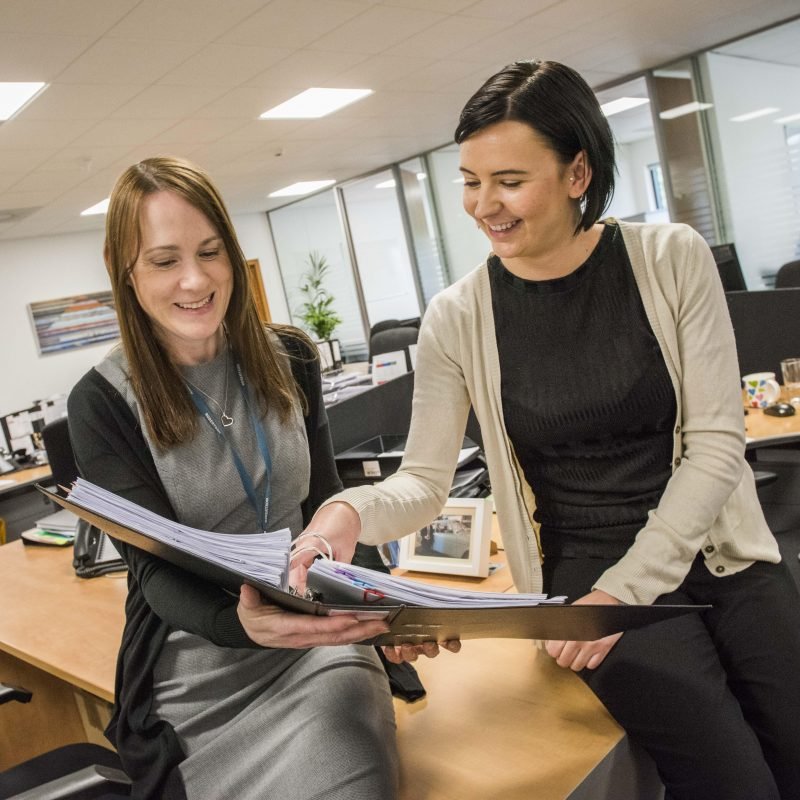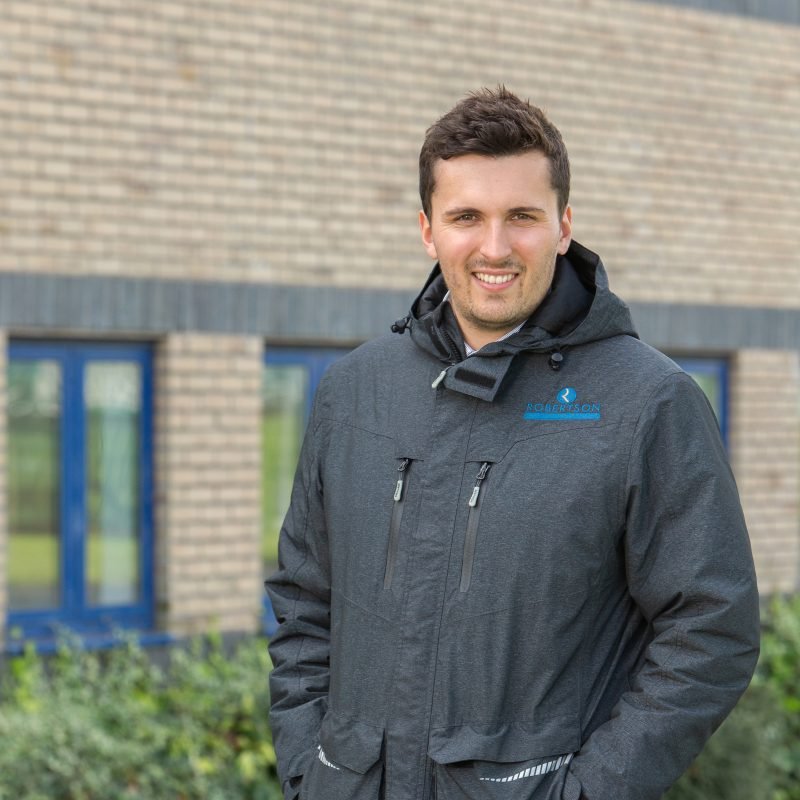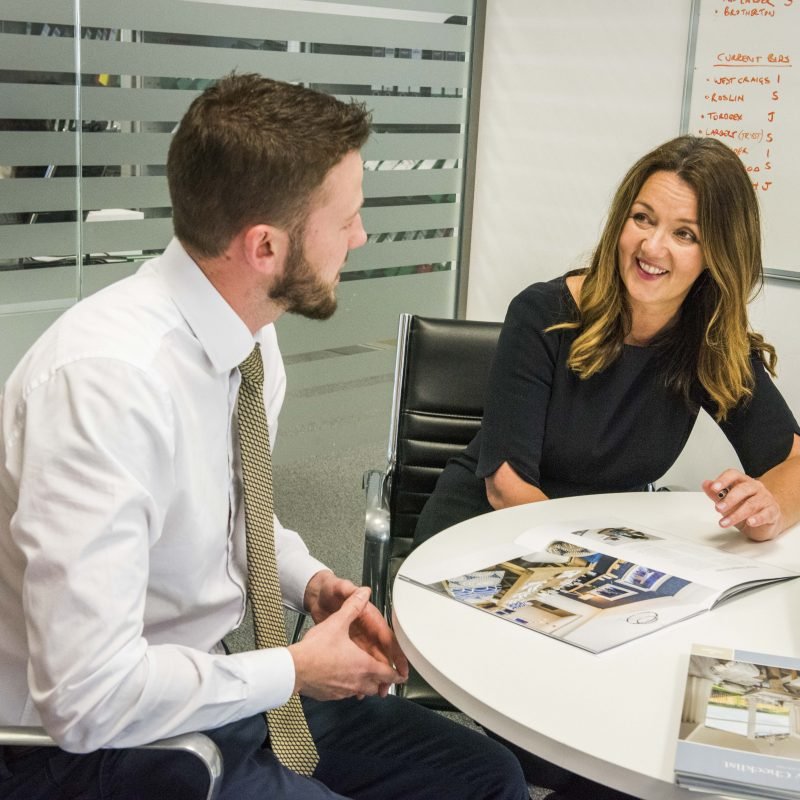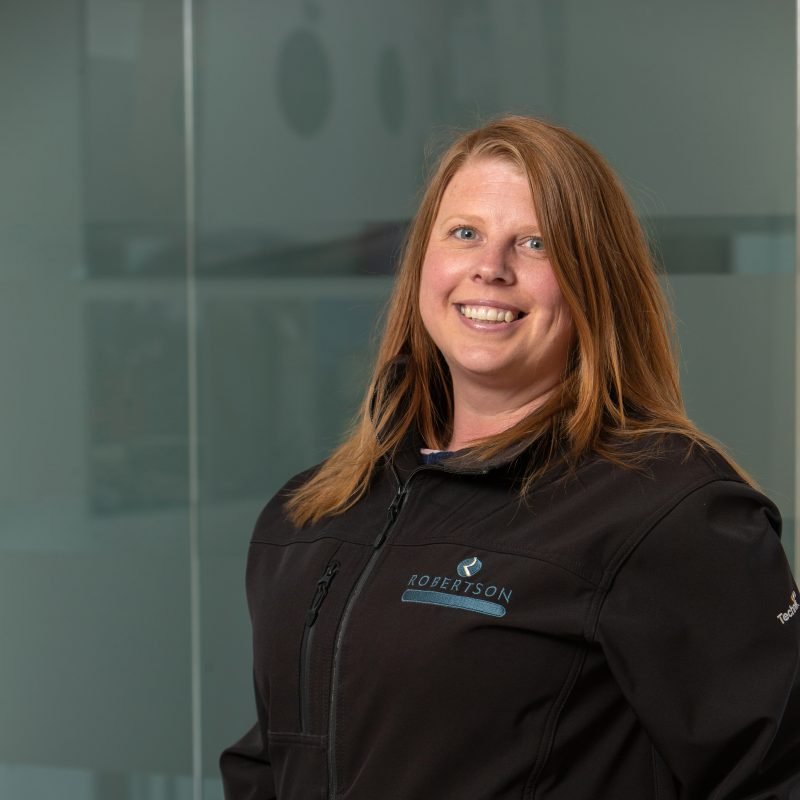No matter your role, use Leading the Robertson Way to develop skills and support your colleagues and teams.
Develop yourself
Familiarise yourself with the Working the Robertson Way and Leading the Robertson Way frameworks. For each relevant behaviour take time to honestly reflect on the following questions:
- How often do I do this?
- Would others say this is an area of strength for me?
- Am I working in the right environment to meet this expectation fully?
- Is this one of my priority areas for development?
Next steps:
- Schedule a 1-2-1 with your People Leader to design a PDP that focuses on your development. Use this as an opportunity for feedback on your strengths and areas for development, and agree two or three behaviours to focus on.
- Explore the ‘development activities‘ tab and the Robertson Learning Library to identify learning and development opportunities that match your development needs.
Top tip!
Ask your people leader or a trusted colleague to coach you through your reflection.
Develop other leaders
Use Working the Robertson Way and Leading the Robertson Way frameworks in your 1-2-1s with people you lead.
Do this in two ways:
- Encourage people to reflect on their behaviours against the framework before a 1-2-1 (with you or a colleague). Discuss reflections and identify development needs. Create a relevant PDP and regularly review progress.
- Identify one behaviour a month as a theme. Discuss how these can be role-modelled and give support to individuals as they put these into practice.
Top Tip!
Use your PDP as an example for your team and discuss the impact of individual development on the success of your business area.
Develop your leadership team
Use the behaviours to have a series of future-focused team discussions.
- Identify one principle that your leadership team should prioritise over the next 12 months. Share this with the wider team and encourage them to provide upward feedback.
- Take a deep dive into one behaviour a month, making time to discuss good examples you’ve recently seen at work and ways you can improve (i.e. a ‘communications month’, a ‘resilience’ month and so on).
- Encourage your team to consider the behaviours in their decision- making processes and use behaviours to engage colleagues, partners and customers.
Next steps:
- Encourage ownership.
- Take action.
- Reflect and review for continuous improvement.
Top Tip!
Anyone in your leadership team can take the lead in this activity – take turns to chair discussions and at the same time develop facilitation skills.
Develop aspiring leaders
Support succession planning and career development in your team – use the Leading the Robertson Way framework with individuals keen to build skills and progress their career.
How you can do this:
- Ask people to tell you what the behaviours mean to them and mentor through experience.
- Use the behaviours to identify new and challenging work you can delegate to support individuals in development and leadership capabilities (e.g. inducting a new start).
Top Tip!
Encourage people to use a learning log to reflect on their experiences and how they have applied leadership behaviours. Remember, this can support them during the application process and interviews for more senior internal positions.


